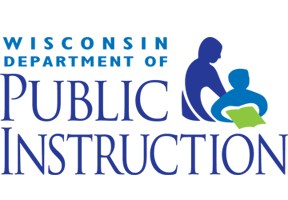Last August, and even the first month of school, I was on new information overload. I still feel as if I am swimming in a pool of new information, but now I feel a bit more comfortable in my new position. There are always those moments though that change my thinking or where I learn something new.
Here are a few favorites from this year...
- Reading the same book….can be OK- I am going to confess I always thought this, but my thoughts were affirmed in my new role. Looking at my time as a teacher I went from teaching high school students with a curriculum that was primary same text focused to a middle school curriculum where no one reads the same book. I missed that conversation though that happened as we all dived into a novel together. I did not feel we needed to read the same book all the time...but sometimes. I was so excited to read in Notice and Note, that Beers and Probst also think it is OK to read the same book on occasion. Affirmation from the well-known is a wonderful thing.
- Data…I need to embrace the power of numbers- Math has never been my strong subject. So when analyzing data, Excel, mail merge, and other data-related terms started to force its way in my vocabulary, I was a little uneasy. Not only as a literacy coach did I find the need to appreciate data, but in the world of SLOs, I also need to coach others on how to use data.
- Coaching adults...a bit different than teaching teens- I knew going into this role it would be hard to not have my own classroom full of students. Though I miss my classroom at times, I appreciate the opportunities to coach, collaborate, and learn with my colleagues. I believe strongly in making professional development time practical and beneficial. It is a whole new experience, but one I fully embrace as I look for ways to continue to be a successful coach.
I know that I will always continue to swim in a pool of new information. And if for some strange reason I am not...then I better find a diving board.

